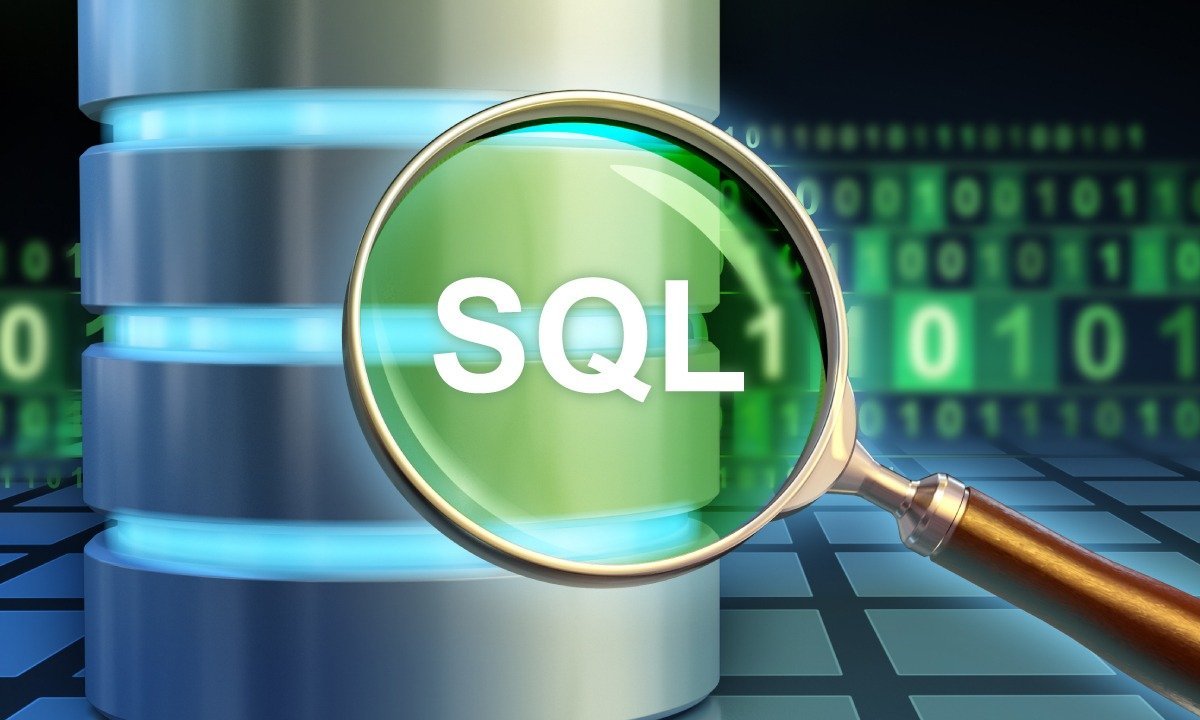Course Overview
A SQL Database course is designed to provide participants with the knowledge of critical concepts, techniques, and tools required to manage an SQL database system. The course discusses database design, data backup and recovery, security, performance tuning, and troubleshooting. By the end of the program, participants will possess the skills and knowledge necessary to ensure the availability, security, and performance of an SQL database. This Administering a SQL Database course is highly beneficial for IT professionals, database administrators, and other individuals who need to manage an SQL database.
Course Outcome
SQL Database course will help you to:
- Build an understanding of relational database management systems and SQL
- Learn how to authenticate and authorize users of SQL database
- Understand encryption and auditing features and their applications for data protection
- Describe data recovery models and backup strategies
- Learn the methods and techniques to automate database management
- Learn how to manage SQL server using PowerShell
- Comprehend troubleshooting techniques for SQL Server infrastructure
Target Audiance
- The eager novice, absorbing SQL like a sponge, ready to build their first database.
- The seasoned programmer, adding SQL to their toolkit for more efficient data manipulation.
- The ambitious entrepreneur, seeking to leverage SQL for data-driven decision-making in their startup.
- The meticulous analyst, honing their SQL skills to extract valuable insights from complex datasets.
- The curious student, exploring SQL as a bridge to understanding the inner workings of digital systems.
Schedule Dates
Introduction to Databases using SQL language
Introduction to Databases using SQL language
Introduction to Databases using SQL language
Introduction to Databases using SQL language
Course Content
- Introduction to databases
- What are tables in databases?
- Types of keys in a database table
- Relational data example charts
- Database Evolution
- Additional resources
- Common SQL Commands
- Additional resources
- Tables overview
- Database structure overview
- Exercises
- Numeric data types
- String data types
- Default values
- CREATE and DROP database
- CREATE TABLE statement
- ALTER TABLE statement
- INSERT statement
- SELECT statement
- INSERT INTO SELECT statement
- Updating data
- Module summary: Create, Read, Update and Delete (CRUD) Operations
- Exercises
- SQL Arithmetic Operators
- Operators in use
- SQL Comparison operators
- ORDER BY clause
- WHERE clause
- SELECT DISTINCT clause
- SQL Arithmetic Operator Examples
- SQL Comparison operator examples
- Types of ordering / sorting
- WHERE Clause uses
- SELECT DISTINCT clause in use
- Exercises
- Schema in use
- Types of database schema
- Table relationships
- Primary and Foreign key
- What is database normalization?
- First normal form 1NF
- Second normal form 2NF
- Third normal form 3NF
- Exercises
- Exploring database schema
- Building a schema
- Relational model
- Keys in depth
- Entity relationship diagrams (ERD)
- Date and Time Built-in Functions
- Sub-Queries and Nested Selects
- Working with Multiple Tables
- Exercises
- Review course objectives and suggestions
FAQs
A database is an organized collection of structured information or data, typically stored electronically in a computer system. It allows for efficient data retrieval, storage, and manipulation.
SQL (Structured Query Language) is a standard programming language used for managing relational databases. It enables users to perform tasks such as querying data, updating records, and defining database schemas.
SQL is crucial for interacting with databases efficiently. It allows users to retrieve specific information from large datasets, perform complex analyses, and manage database structures effectively.
A typical database system comprises three main components: the data itself (stored in tables), the database management system (DBMS) responsible for managing and accessing the data, and the application programs that interact with the database.
SQL databases, also known as relational databases, organize data into tables with rows and columns and use SQL for querying and manipulation. NoSQL databases, on the other hand, store data in various formats like key-value pairs or JSON documents and are often used for handling large volumes of unstructured data.

 4.9
4.9




